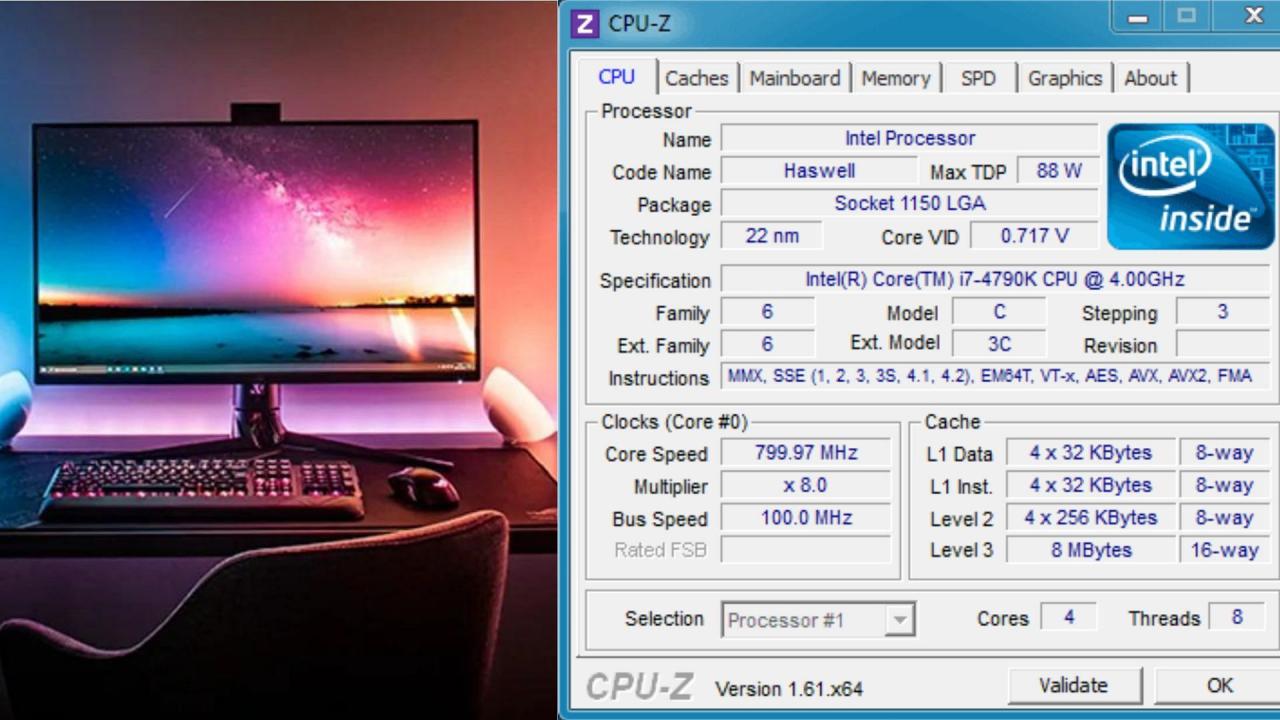Cpu z – CPU-Z: Need to know the nitty-gritty details of your computer’s hardware? This handy utility digs deep, revealing everything from your processor’s clock speed and cache size to your motherboard’s chipset and RAM specifications. It’s a must-have for anyone wanting to understand their system’s capabilities, troubleshoot problems, or even explore overclocking possibilities. We’ll walk you through its features, data interpretation, and more, making it easy to harness the power of CPU-Z.
This guide covers using CPU-Z to get detailed information about your computer’s components. We’ll show you how to interpret the data, compare it with other tools, and even troubleshoot any problems you might encounter. Whether you’re a seasoned techie or a curious beginner, CPU-Z offers valuable insights into your system’s inner workings.
CPU-Z: A Deep Dive
CPU-Z is a free, lightweight utility that provides detailed information about your computer’s hardware components. It’s a go-to tool for anyone needing a quick and accurate overview of their system’s specs, from casual users checking their CPU model to seasoned professionals troubleshooting performance issues or verifying compatibility.
CPU-Z Functionality and Target Audience
CPU-Z’s primary function is to retrieve and display comprehensive information about your computer’s hardware. This information ranges from the central processing unit (CPU) and its specifications to details about the motherboard, memory modules, and graphics card. The tool is designed to be user-friendly, providing a clear and concise presentation of complex technical data. Its target audience includes computer enthusiasts, system administrators, technicians, and anyone interested in understanding their computer’s hardware better.
| Feature | Description |
|---|---|
| CPU Identification | Displays detailed CPU information, including model, manufacturer, core count, clock speed, and cache size. |
| Motherboard Information | Provides details about the motherboard, including manufacturer, model, chipset, and BIOS version. |
| Memory Information | Shows information about the installed RAM, including type, size, speed, and timings. |
| Graphics Information | Displays details about the graphics card, including manufacturer, model, memory, and clock speeds. |
Data Display and Interpretation of CPU Information, Cpu z
CPU-Z presents CPU information in a clear, tabbed interface. Each tab focuses on a specific aspect of the CPU, such as the CPU tab showing core count, clock speed, and cache details; the caches tab showing different cache levels and sizes; and the mainboard tab displaying the motherboard details associated with the CPU.
For example, the CPU tab might show “Intel Core i7-12700K” as the processor model, “8 Cores, 16 Threads” as the core configuration, and “5.0 GHz” as the maximum clock speed. Interpreting this information means understanding that you have an 8-core processor capable of handling 16 threads concurrently, with a maximum operating frequency of 5.0 GHz. Higher clock speeds generally translate to faster processing capabilities.
| Metric | Significance |
|---|---|
| Clock Speed (GHz) | The speed at which the CPU processes instructions. Higher is generally better. |
| Core Count | The number of independent processing units within the CPU. More cores can handle more tasks simultaneously. |
| Cache Size | The amount of high-speed memory on the CPU, used for storing frequently accessed data. Larger cache generally improves performance. |
| Instruction Set | The set of commands the CPU understands and can execute. Indicates CPU architecture and capabilities. |
Gathering Comprehensive System Information
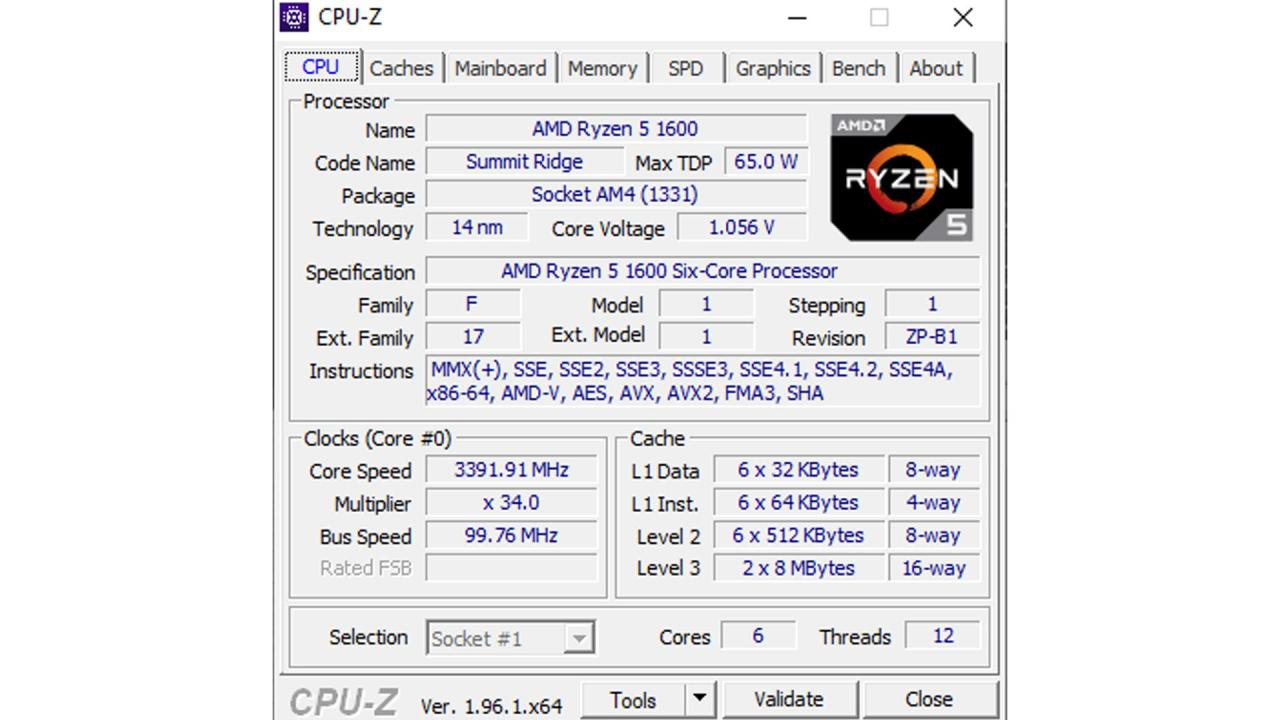
Beyond CPU details, CPU-Z identifies a wide array of system components. It effectively acts as a system inventory tool. This allows users to quickly obtain a holistic view of their computer’s hardware configuration.
The motherboard information section reveals the manufacturer, model, chipset, and BIOS version. Memory information details RAM type (DDR4, DDR5, etc.), size, speed, and timings. It also identifies the graphics card, providing similar details to those provided for the CPU.
- Open the CPU-Z application.
- Navigate through the different tabs (CPU, Cache, Memory, SPD, Graphics, Mainboard, etc.).
- Review the information displayed in each tab to understand your system’s configuration.
- You can export this data to a text file for future reference.
Comparing CPU Information Across Utilities
While CPU-Z is a reliable source, comparing its data with other system utilities like Task Manager (Windows) or System Information (macOS) can be insightful. Minor discrepancies might arise due to different methods of data retrieval or rounding. For instance, CPU clock speeds might show slight variations depending on the tool and current system load.
CPU-Z’s data is valuable for benchmarking. By comparing CPU-Z’s reported clock speeds and other metrics with benchmark results from tools like Cinebench, you can assess your CPU’s performance relative to others and identify potential bottlenecks.
| Metric | CPU-Z | Task Manager (Windows Example) |
|---|---|---|
| CPU Model | Intel Core i7-12700K | Intel(R) Core(TM) i7-12700K CPU @ 3.60GHz |
| Clock Speed | 5.0 GHz (Max Turbo) | ~3.6 GHz (Base, may vary based on load) |
| Core Count | 8 Cores, 16 Threads | 8 Cores, 16 Logical Processors |
Troubleshooting and Error Handling in CPU-Z
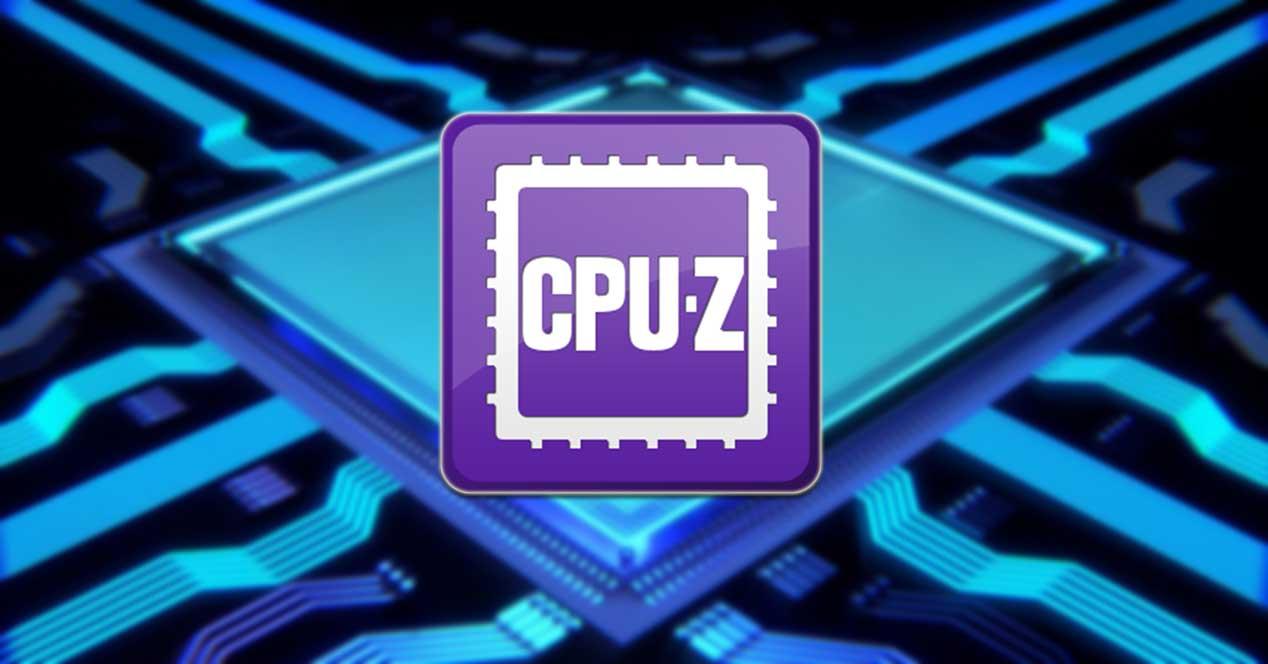
Common issues with CPU-Z are infrequent but can include failure to detect certain hardware components or display inaccurate information. This usually stems from driver issues or system instability. Troubleshooting involves checking for updated drivers, ensuring the operating system is stable, and restarting the computer.
If CPU-Z fails to detect a component, try reinstalling the application or updating your system’s drivers. If the data seems inaccurate, compare it with other system utilities. In most cases, a simple system restart resolves minor glitches.
CPU-Z is a great tool for checking your system specs, especially if you’re troubleshooting performance issues. If you’re experiencing slowdowns, though, maybe you should check if ChatGPT is down – see if it’s working at chatgpt down? – because sometimes a sluggish AI can indirectly impact your system. Once you’ve ruled that out, you can get back to using CPU-Z to pinpoint the real culprit in your computer’s performance.
A flowchart would visually represent this process: Start -> Check Drivers -> Restart System -> Check for Conflicts -> Reinstall CPU-Z -> End (Success or Further Investigation Needed).
Advanced Applications of CPU-Z
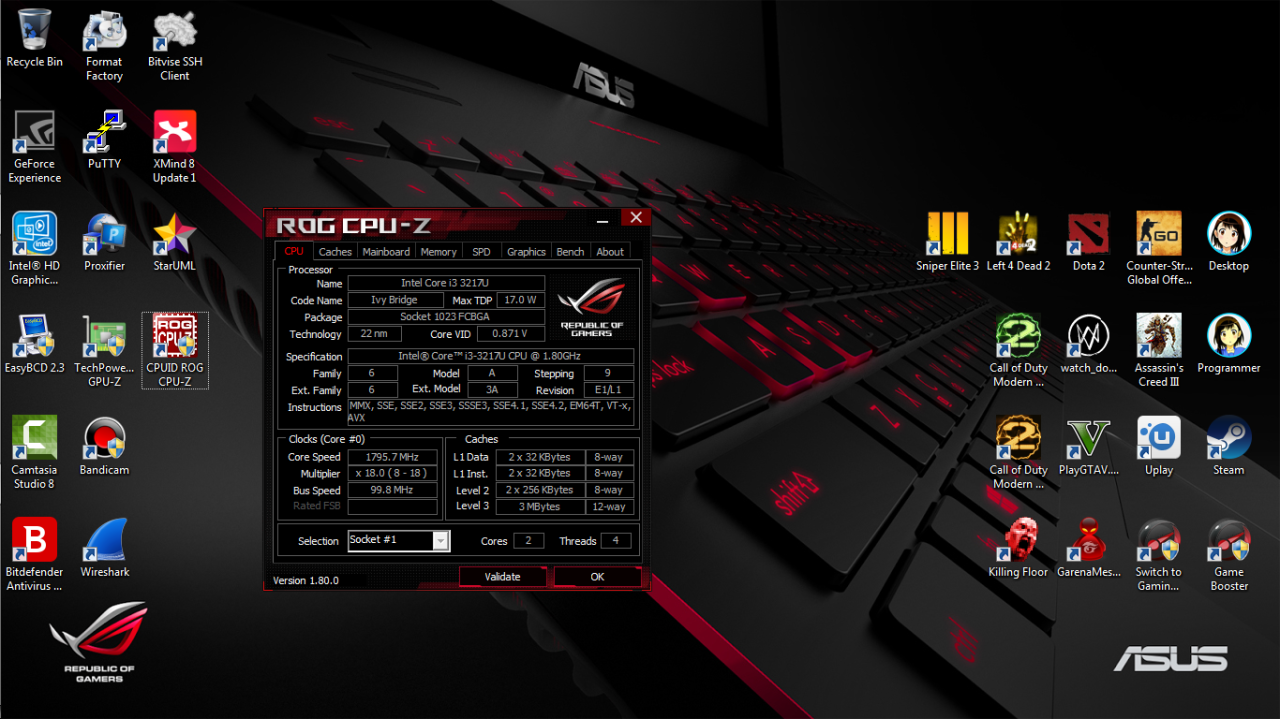
CPU-Z extends beyond basic system information gathering. Its data is crucial for system optimization, overclocking, and diagnostics. Identifying hardware compatibility problems is also simplified with the detailed component information provided.
In system optimization, CPU-Z helps identify performance bottlenecks by showing CPU utilization, memory usage, and other key metrics. For overclocking, CPU-Z provides baseline information before and after overclocking attempts, allowing for performance monitoring and stability assessment. In diagnostics, discrepancies in reported specifications compared to expected values can indicate hardware malfunctions.
Identifying hardware compatibility issues is facilitated by CPU-Z’s detailed information. For example, if a user experiences issues with a newly installed graphics card, comparing the card’s specifications in CPU-Z with the motherboard’s specifications can help determine if the components are compatible.
Visual Data Presentation in CPU-Z
CPU-Z presents information in a straightforward, tabbed interface. Each tab displays data in a clear, organized manner, often using tables and concise descriptions. While simple, this approach prioritizes clarity and readability, making it easy for users of all technical levels to understand the information.
A hypothetical CPU-Z screen might show the CPU tab prominently, displaying the processor name, core count, clock speed, and cache sizes in bold, easily readable fonts. Smaller font sizes might be used for less critical details. Tables neatly organize data for easy comparison. Color-coding might highlight key metrics such as clock speed or temperature.
The advantage is simplicity and clarity; the disadvantage is a lack of advanced visualization features such as graphs or charts that might offer more insightful data representation. Compared to some other tools, CPU-Z’s visual representation is less sophisticated but prioritizes ease of understanding.
CPU-Z is great for checking your computer’s specs, making sure everything’s running smoothly before you tackle a project. If you’re into drones, though, sometimes you need a different kind of troubleshooting – like when your DJI drone needs fixing. Check out this resource for DJI drone repair dji drone repair if you need help. Then, once your drone’s back in action, you can use CPU-Z again to monitor your PC’s performance while editing those amazing aerial shots.
Final Wrap-Up: Cpu Z
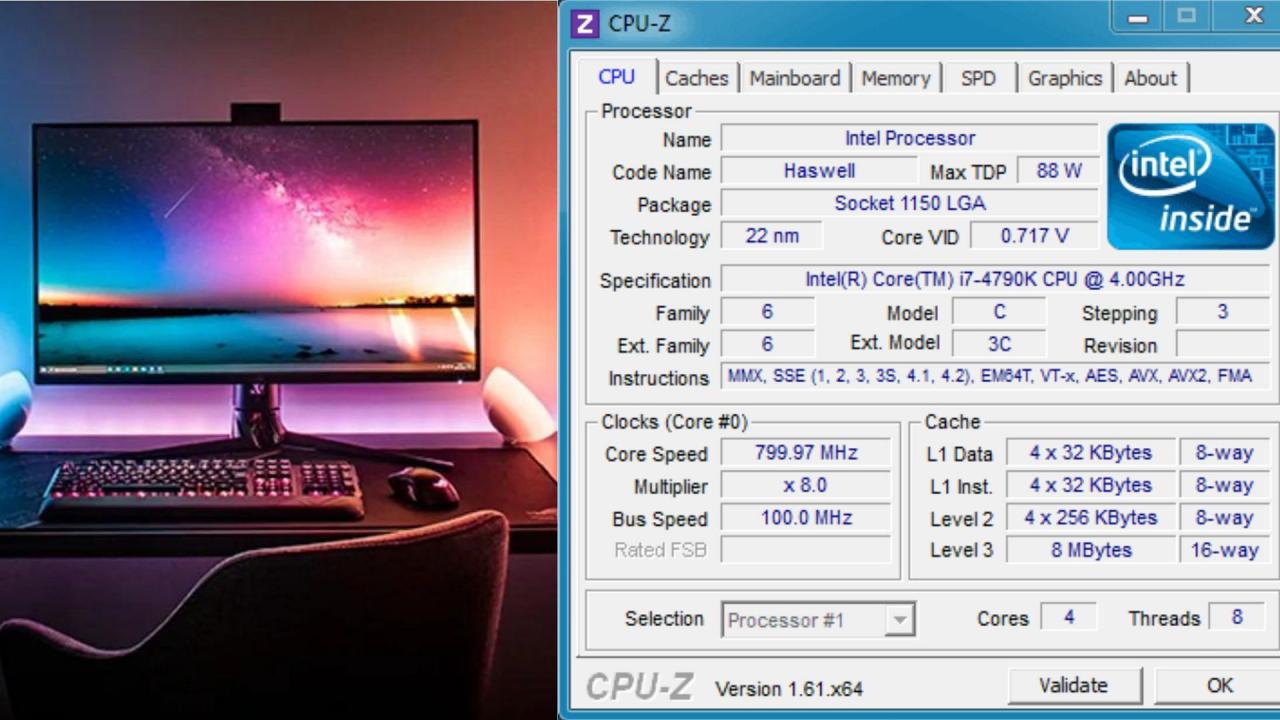
From uncovering hidden performance bottlenecks to verifying hardware compatibility, CPU-Z proves itself an invaluable tool for anyone who wants to truly understand their computer. Its simple interface and comprehensive data make it accessible to all skill levels, empowering you to diagnose issues, optimize performance, and confidently navigate the world of PC hardware. So download CPU-Z, explore its features, and unlock the secrets of your system!
FAQ Insights
Is CPU-Z safe to use?
So you’re checking your CPU specs with CPU-Z, right? Maybe your new parts arrived via UPS, and you need to track them down. If so, you might need the ups canada phone number to check on their delivery status. Once you’ve got your hardware, fire up CPU-Z again to confirm everything’s installed correctly and running smoothly!
Yes, CPU-Z is a safe and reputable program. It’s a read-only utility; it doesn’t modify system settings.
Does CPU-Z work on all operating systems?
CPU-Z supports Windows, macOS, Linux, and Android. Check the official website for the latest compatibility information.
How often should I update CPU-Z?
While not strictly necessary, updating to the latest version ensures compatibility with newer hardware and any bug fixes.
Can CPU-Z help me identify a faulty component?
While it won’t directly diagnose faults, CPU-Z can help you gather information that might point towards a problematic component. Unusual readings compared to expected specs can be a clue.
